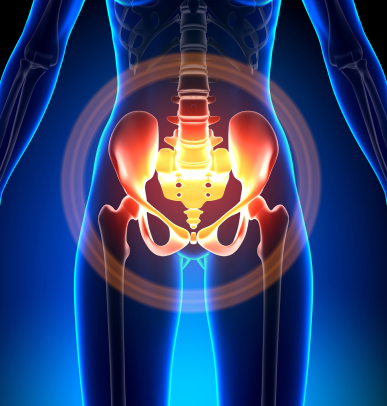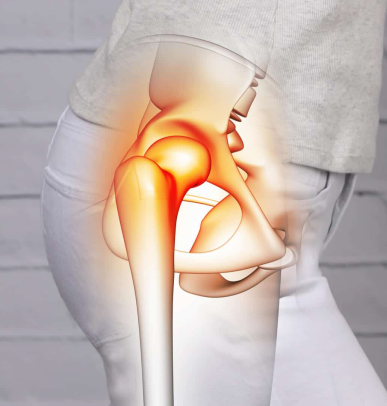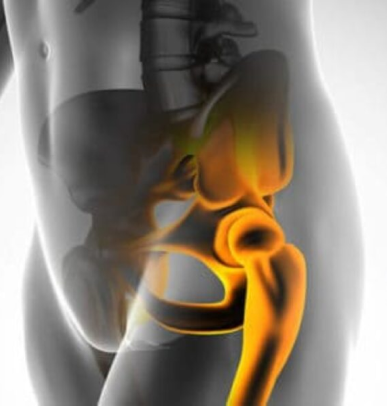Hip Labral Tear

Overview - Hip Labral Tear
A hip labral tear can disrupt not only movement but also the everyday joys of life, from a morning walk to simply sitting comfortably. This injury, often caused by repetitive stress or trauma, can leave you grappling with a nagging ache, a limited range of motion, and a significant impact on your daily activities. If you’re experiencing these symptoms, you’re not alone.
At Tarabichi Joint Care, we understand the importance of addressing this pain with precision and compassion. Our team offers a range of specialized hip joint pain treatment in Dubai, from conservative approaches to minimally invasive procedures, aimed at restoring comfort and mobility while ensuring a swift return to your daily activities.
What is Hip Labral Tear?
It occurs when there is damage to the cartilage ring on the hip socket. This essential structure in the hip joint not only supports stability but also facilitates the seamless motion of the joint’s ball-and-socket design.
Anatomy of the Hip Joint
The hip joint is a ball-and-socket structure, where the femoral head (the top of the thigh bone) functions as the ball, and the acetabulum of the pelvis forms the socket. The labrum, a ring of cartilage encircling the socket, serves to deepen this connection, enhancing joint stability. Additionally, it acts as a cushion that supports smooth and fluid movement.
Causes
An ACL tear or injury commonly occurs during exercises that place excessive strain on the knee, especially sports that involve jumping, sudden stops or rapid changes in direction. The most frequent causes of ACL injury include:
- Traumatic injuries, like those from motor vehicle accidents
- Engaging in high-impact sports such as football, soccer, basketball, and skiing
- Repetitive motions that place stress on the hip joint
- Long-term weight-bearing activities that contribute to gradual wear and tear
- Age-related degeneration of the hip joint, especially in older adults
Symptoms
Hip labral tears often show no noticeable signs.
However, typical symptoms that may indicate an immediate consultation with an orthopedic expert may include the following:

Hip or groin pain keeps worsening with prolonged standing, sitting, walking, or physical activity

A locking, clicking, or catching feeling in the hip joint

Stiffness or restricted movement in the hip
Hip Labral Tear Treatment
Non-Surgical Approach
For a minor hip tear, recovery is typically possible within a few weeks using non-surgical methods, such as:
Medications: Anti-inflammatory drugs can help ease pain and reduce inflammation caused by labral tears. Your doctor might also suggest cortisone injections to provide additional pain relief.
Physical Therapy: A tailored therapy program including suitable hip labral tear exercises can improve hip mobility, strength, and stability, supporting recovery and reducing symptoms.
In more severe cases, however, hip surgery (arthroscopic surgery) may be necessary to either remove or repair the damaged part of the labrum.
Surgical Intervention - Hip Arthroscopy Dubai
Arthroscopy in Dubai is the most common procedure for treating hip labral tear and hip joint pain treatment in Dubai. In this minimally invasive technique, our hip surgeon in Dubai at Tarabichi makes a few small incisions around the hip. Using an arthroscope—a specialized camera—the surgeon identifies the tear and employs surgical instruments to repair the damage.
The repair process may involve trimming away frayed areas, suturing the tear, or using tissue grafts from other parts of the body to replace missing labral tissue.
If the tear is due to hip impingement, the surgeon will reshape the hip bones to ensure they move smoothly together within the joint.
Tarabichi Joint Care offers well-guided Hip Joint Teatment in Dubai
Tarabichi Joint Care – Orthopedic Treatment in Dubai provides expert, patient-centric treatment for hip labral tears, guiding each individual through a tailored recovery journey. With our specialized approach, we aim to relieve pain, restore mobility, and help you return to an active lifestyle with confidence and ease.
FAQ’S
Preparation typically includes stopping certain medications, arranging for post-surgery assistance, and avoiding food or drink the night before surgery as directed by your surgeon.
Possible complications include infection, blood clots, nerve damage, stiffness, or persistent pain, though these are rare. However, when performed by an experienced surgeon the chances of such complications are much lesser.
If untreated, a hip labral tear can lead to chronic pain and decreased mobility and may contribute to early-onset arthritis in the hip joint.
